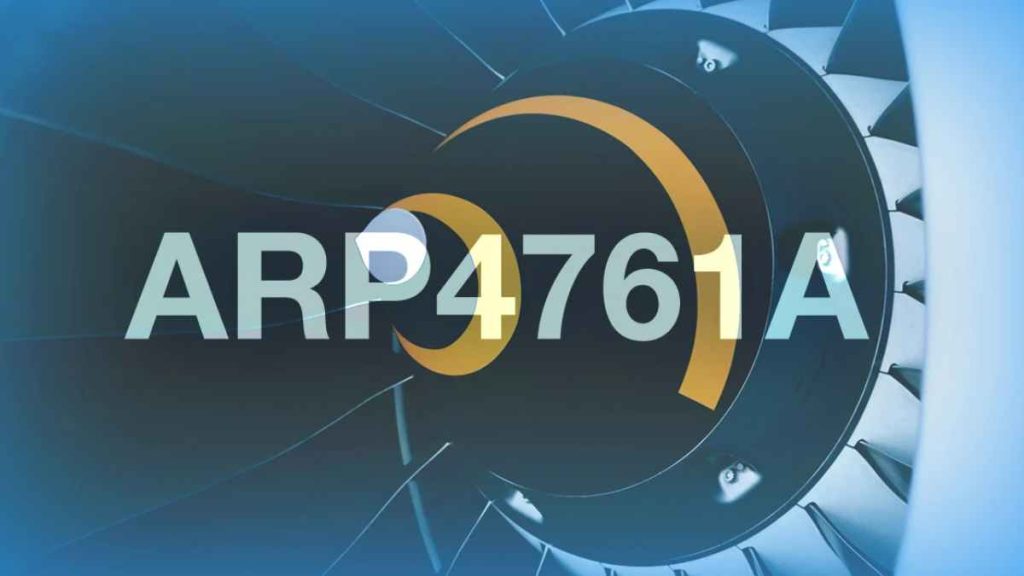For nearly a week, the world was riveted while awaiting learning the fate, or rescue, of the unfortunate Titan submersible. Was it lost? Did simple equipment malfunction? Was it an operator error? Or was it something else …
Now we know: the occupants’ fate was sealed before they boarded the vessel: they just didn’t realize it. Whenever you walk into a building or drive a car, you simply “assume” good engineering and construction practices were implemented to ensure basic safety. But did you know that if it goes up or down there are very little safety rules and no Certification? Only if goes horizontal do such strict safety rules and Certification apply: aircraft, cars, trains, and buses all have formal safety protocols accompanied by formal Certification.
Yes, that is right: rockets for space tourism, and submarines/submersibles for underwater exploration are wholly outside the realm of similar safety standards: such simply do not apply. However, it should be well known that “certain” space tourism operators do in fact follow and enforce such adherence to formal safety standards; perhaps that is because their primary beneficiary intended to travel onboard into space. Now, had the ill-fated Titan similarly followed such standards, would they be alive today? This author’s answer is a simple three letters. Y – E – S. But the next three letters are equally important: W – H – Y ?
For transportation modes governed by formal safety standards, the following process must be adhered to then independently assessed at sequential levels until the vehicle is deemed compliant and Certified:
- Perform a vehicle safety assessment to determine the vehicle functions, risks, potential failures, and mitigations for each failure.
- Assess crew ability and workload over a complete “mission” for each potential failure and mitigation.
- Assign a criticality level to the vehicle, each system, and each component within each system.
- Ensure that no single point failure can cause loss of the vehicle or death to occupants.
- Improve design/build quality, installation, operation, training, physical redundancy, and improved design to meet formal proof of reliability over the useful life of the vehicle (typically 30 years)
- Assess the reliability of each component which could affect safety to ensure sufficient quality and redundancy are achieved for all systems upon that vehicle.
- Continuously feedback any potential change to update the above safety assessments before, during, and after the update is performed.
- Validate and verify the above with independently assessed documented evidence.
- No usage until all the above is formally approved, thus “Certified”.
Unfortunately for Titan, there seems to be no evidence that any of the above were done. In aviation, such a scenario would be impossible with the exception of “experimental aviation”, which of course is not allowed to board paying passengers. Aviation’s formal process to cover all the above is known as ARP4761, or Aerospace Recommended Practice, Memorandum 4761. A new version called ARP4761A is due by the time you are reading this. Simply put, ARP4761 codifies in about one hundred pages the technical details of performing and managing safety assessments to ensure airborne passengers are safer than they would be in cars, trains, or buses.
How would ARP7461 prevented the Titan catastrophe? It would have:
- Forced assessment of hull design over the expected life of the submersible including thousands of descent/ascent cycles;
- Ensure operator training to detect then avoid mishaps;
- Mandated formal Fault Tree Analysis and criticality determination
- Mandated sufficient onboard systems to enable continuous monitoring of hull integrity;
- Mandated redundant communications, onboard navigation, and propulsion (largely lacking even the basics aboard Titan);
- Mandated professional Safety Engineer assessment of the above;
- Mandated complete record retention of V&V for all the above.
There you have it: next time you go Sideways, know you’re safe as a paying passenger. But if you’re going Up, or Down: it’s up to you to do your own research and professionals such as the many engineers at this author’s company.




